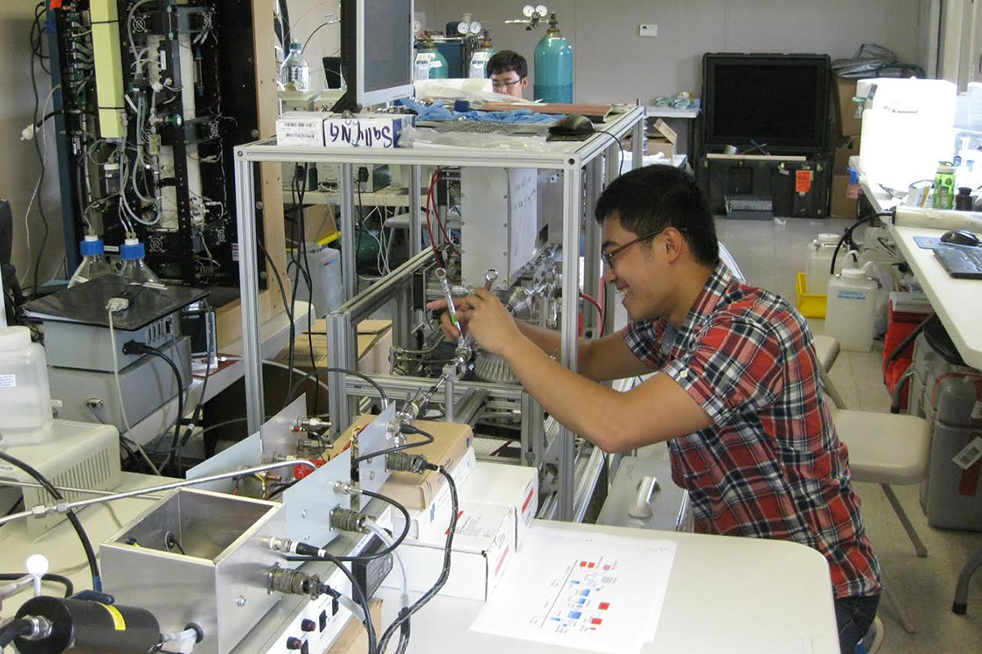Man-made sulfates, nitrous oxide and nitrous dioxide are responsible for 43-70% of all organic aerosols according to a recent study by Professor Sally Ng, a professor in the School of Chemical and Biomolecular Engineering and the School of Earth and Atmospheric Sciences her students Lu Xu and Christopher Boyd and researchers from institutions throughout the Southeast.
“Aerosols can actually be formed from both humans and natural emissions, and I think a lot of people are surprised that aerosols can be formed from natural emissions,” Ng said.
The study, published in Proceedings of the National Academy of Sciences, explains the mechanisms by which human-created emissions can interact with the natural emissions from trees.
“The essence of this paper is that… trees emit compounds that go through oxidation to form aerosols, but it turns out that these human activities can emit sulfates, and they can actually change the mechanism or interfere with the mechanism along this pathway how the [organic aerosols] are formed from trees and end up making more.”
The study provides the solution to a recent paradox involving aerosols. Previous studies have shown that there is a strong correlation between aerosols and carbon monoxide, a man-made emission, and that the majority of aerosols come fro, organic sources rather than direct emissions from cars and power plants.
“So there is this paradox,” Ng said. “If both are true, there must be a way for the anthropogenic component [to interact with natural emissions].”
In their paper, Ng and others explain the chemical mechanisms by which man-made pollutants cause greater production of organic aerosols, effectively solving the paradox.
According to Ng, the study of the formation of aerosols is important both for the study of human health and for understanding climate.
“First of all, there’s climate change. Everybody talks about climate change and aerosols, they can absorb radiation or reflect it,” Ng said. “So aerosol warms and cools depending on what they are. And overall, aerosol actually cools more.”
On the other hand, aerosols can be harmful to your health. The World Health Organization classifies aerosols as carcinogenic.
“The problem is that [increasing the amount of aerosol] would help you reduce warming, but you’re going to get sick.”
The study might also have an effect on public policy. Nitrous oxide, nitrous dioxide and sulfate are all man-made pollutants created by automobiles and coal-burning power plants. These emissions are already harmful to health, but the results of the study would indicate reducing the emissions would reduce the amount of aerosol.
“A lot of the industries are doing a good job of reducing the NOx and SO2 emission, so what this implies is when we reduce these emissions, we’re actually reaping multiple benefits,” Ng said.
The research was conducted both in Professor Ng’s scientific lab and at the Southern Oxidant and Aerosol Study (SOAS) in Alabama.
